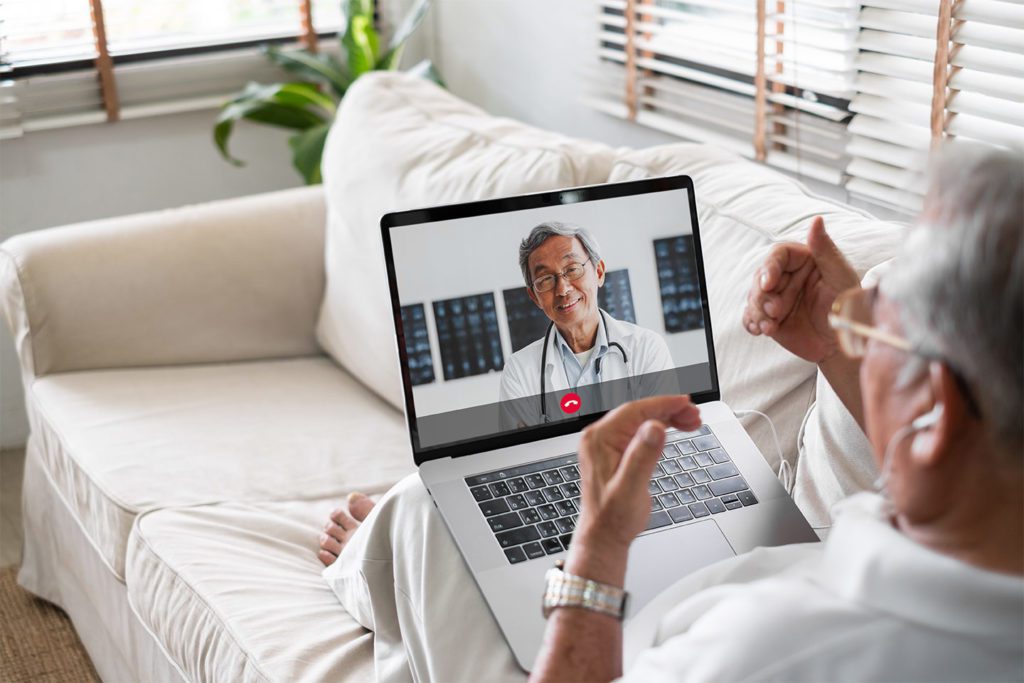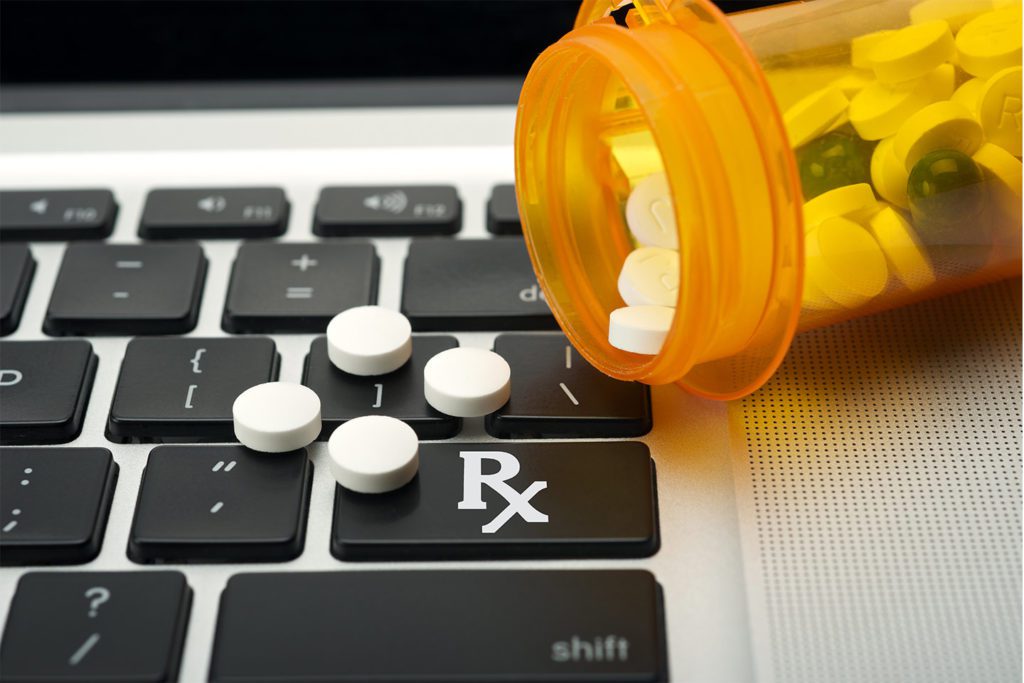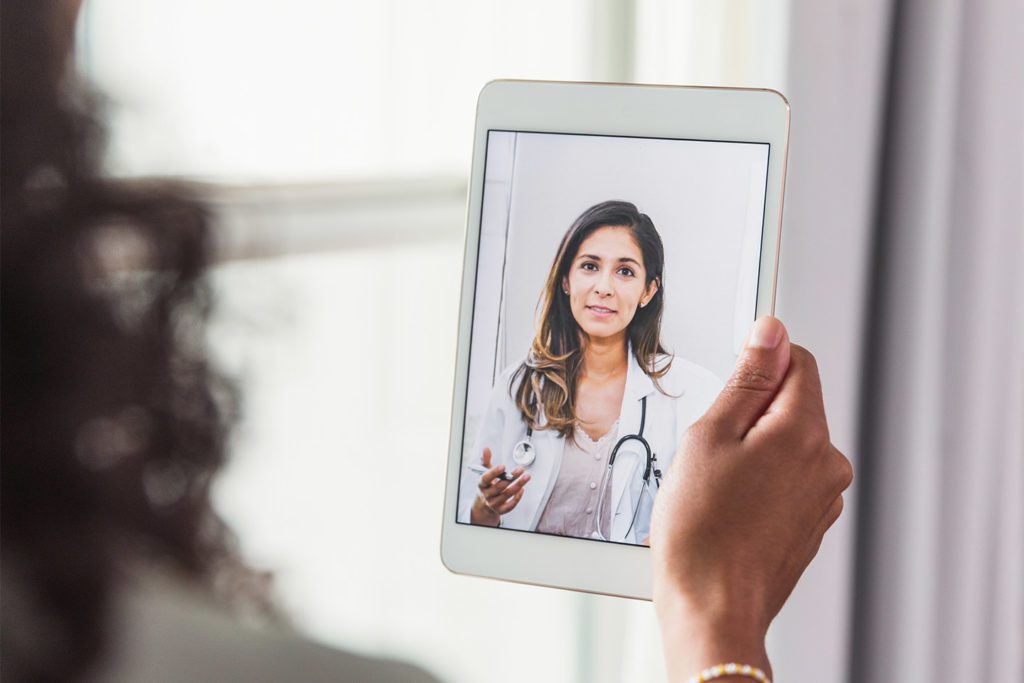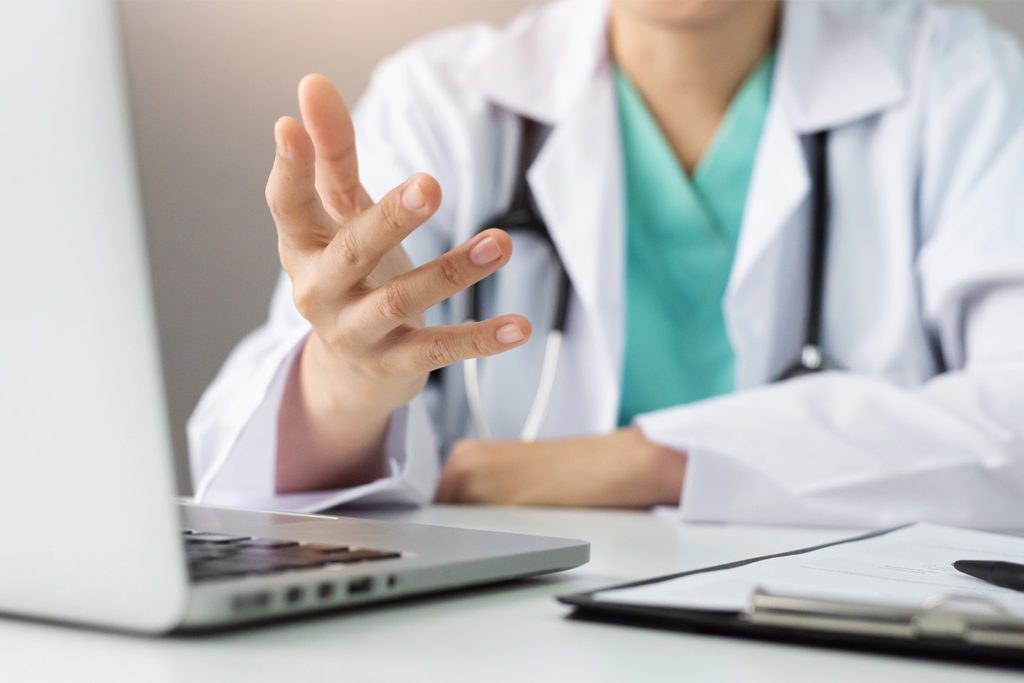It’s no secret that the COVID-19 pandemic has meant many people have had their healthcare needs disrupted. The situation is ongoing, and while vaccine rollouts have begun in many countries, it will be a while before most people are vaccinated.
Of course, people still need to get their healthcare needs addressed during the pandemic, and you’re likely here today reading this blog post because you don’t want your healthcare needs to suffer. With that in mind, what can you do about the problem?

Get Emergencies Dealt With at the Hospital
Despite what’s going on in the world with COVID-19, hospitals are still seeing patients for non-pandemic reasons. If you ever have a medical emergency, don’t assume that you can’t gain access to urgent medical help.
You should always go to the hospital if you experience a serious medical emergency, especially if it could potentially be life-threatening. Never assume that you should just stay at home and “hope for the best” if you need urgent medical assistance.


Have Consultations by Telephone or Online
If you need to discuss some non-urgent health concerns, many doctors recommend that you schedule telephone or online appointments to help stop the spread of COVID-19. Such consultations might seem a little alien to some patients, but they are excellent ways to speak with your doctor and discuss any medical problems you might be experiencing. Many consultations don’t require patients to have in-person conversations with their doctors, and they can be more convenient for both parties.
Of course, if your doctor needs to examine you in person, they will invite you to schedule an in-person appointment at their office. Alternatively, they might visit you at your home if you’re too unwell to leave your abode and travel to their office.
Telemedicine, as it’s known, has grown in popularity in recent years. These days, doctors can have video conversations with their patients via dedicated smartphone apps or secure websites if they use a desktop or laptop computer.


Order Your Prescriptions Online
If you take medication regularly for one or more medical conditions, you might feel anxious about organizing a repeat prescription in person at your doctor’s office. Thankfully, it’s possible to order your prescriptions online and even have them delivered directly to your home for convenience and added peace of mind. For example, websites like Simple Online Doctor make it easy to have your prescriptions assessed and dispensed.
Your doctor may even offer an online facility, either through their website or a dedicated smartphone app, where you can request prescriptions. Such facilities also make it easy to keep track of when you last had your prescription so you can order a repeat in advance.
Keep in mind that such facilities are only for people that have ongoing prescription needs. They aren’t for patients that wish to request prescriptions that they feel they might need.In those cases, patients will need to schedule an appointment with their doctor to discuss their health concerns.


Remote Monitoring
If, after a consultation, your doctor decides you need to be monitored for whatever reason, they will likely send or give you wearable technology that monitors your health. For example, let’s assume that you have a history of high blood pressure.
Your doctor could ask you to wear a device that measures your blood pressure and checks it every so often, especially when you go to sleep at night. The device could be WiFi-enabled or use mobile data to upload your blood pressure readings directly to their systems.
Such wearable technology can measure other vital signs and relay the results directly to your doctor without scheduling regular appointments with them.


Remote Diagnosis
Lastly, there is technology available that helps doctors remotely diagnose various issues with their patients. As you might have gathered, smartphones play a significant role in remotely diagnosing many medical conditions.
For instance, one Australian company developed a smartphone app that diagnoses respiratory diseases. It simply uses the sound of a patient’s own cough to determine if they have respiratory conditions like pneumonia and bronchitis. One other example also uses a smartphone app but with a wireless stethoscope device to diagnose and monitor asthma.
Medical technology has improved by leaps and bounds to help diagnose and treat patients remotely. There’s no denying that the COVID-19 pandemic has become a test of such technology, and so far, it has proven highly beneficial.

